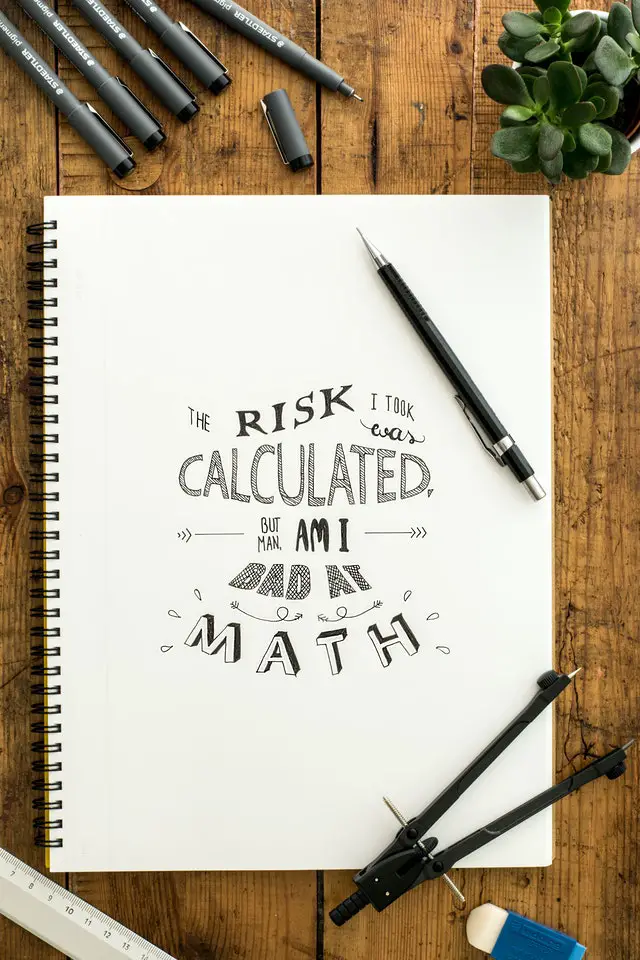I base my position sizing in my trades on the fact that I never want to lose more than 1% on any one trade. If I am trading with a $100,000 account, I don’t want to lose more than $1,000 in a losing trade. A stop loss level has to start at the price level that you know you are wrong, and work back to position sizing. If the support level on your trade is $105 for your entry and you set your stop at $100, then you can trade 200 shares with a stop at the $100 price level. 200 X $105 = $21,000 position size for 200 shares. This is about 20% of your total trading capital with about a 5% stop loss on your position that equals a 1% loss of your total trading capital.
- A 20% position of your total trading capital gives you a potential 5% stop loss on your position to equal 1% of total trading capital.
- A 10% position of your total trading capital gives you a potential 10% stop loss on your position to equal 1% of total trading capital.
- A 5% position of your total trading capital gives you a potential 20% stop loss on your position to equal 1% of total trading capital.
The average true range (ATR) can give you the daily range of price movement and help you position size based on your time frame and your stocks volatility. If your entry is $105, your stop is $100, and the ATR is $1, then you have a five days worth of movement against you as a stop.
Start with your stop loss level and volatility to give yourself your position size. The more room you want on your stop determines how big of a position size you can take.
If you only risk losing 1% of your trading capital when you are wrong, then every trade can become just one of the next 100 with little emotional impact. Ultimately, you can survive losing streaks and increase your odds of prosperity.
